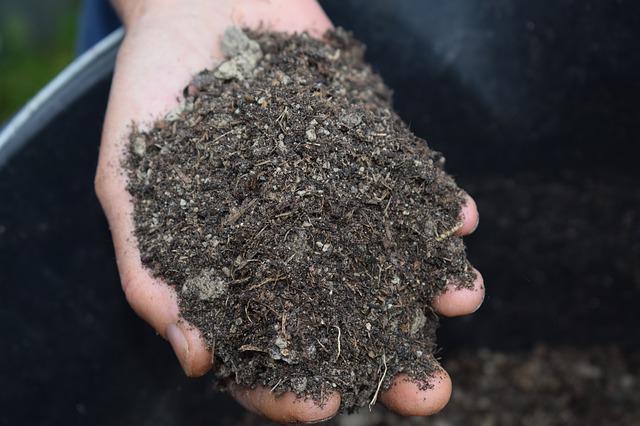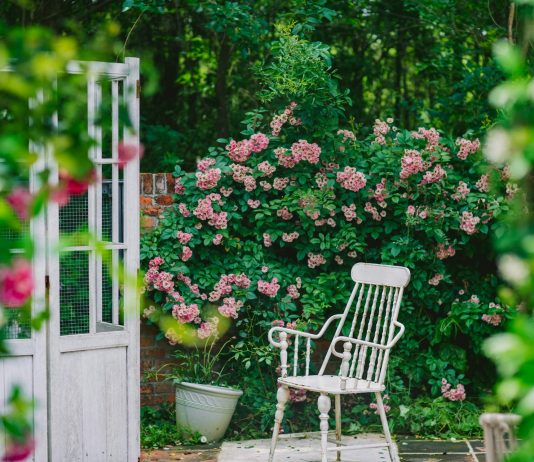Mulching is the surface coating of the soil with mulch to protect it and improve its properties. The role of mulch can be performed by both natural organic and artificial inorganic materials.
Soil mulching: basic rules

Mulch solves several tasks at once:
- protects the soil from drying out;
- protects the soil from overheating;
- creates a favorable environment for earthworms and beneficial microflora.
If you mulch flower beds according to all the rules, then they will not have to be weeded and watered, and they do not need fertilizers (provided that it is organic mulch).
Materials for mulching are divided into two large groups – organic and inorganic.
Organic mulch

Rotting, organic mulch creates a humus layer that not only structurally improves the soil, but also fertilizes it. But some types of organic mulch – bark, shavings and sawdust – pull nitrogen from the soil. Also, wood mulch quickly cures and becomes one of the reasons for the plants to ripen. Therefore, it is put down, as a rule, for decorative purposes (usually for mulching conifers).
Pine and spruce needles mulch flower beds. It looks very impressive, and the flowers in such a mulch grow healthy.
It is recommended to lay down humus and compost in beds for mulching.
Inorganic mulch
Inorganic mulch does not fertilize plants, does not decompose, does not form humus. This mulch performs two functions:
- protective;
- decorative.
But it also has many advantages, the main one of which is durability.
Inorganic mulch includes:
- film;
- non-woven materials;
- pebbles, crushed stone and gravel;
- roofing material;
- cardboard and newspapers.
Most often, alpine slides, flower beds are mulched with gravel and small crushed stone in the UK.
Mulching protects the soil and improves its properties. The main thing is to choose the right mulch and not to violate the technology.






